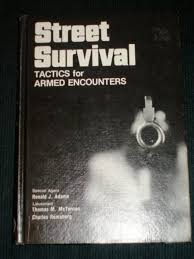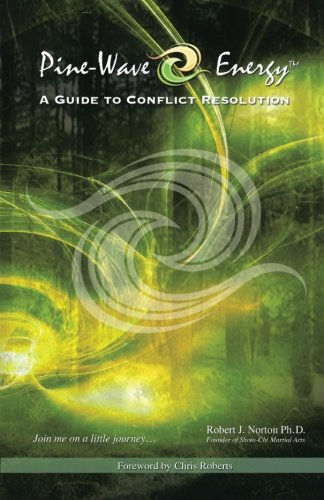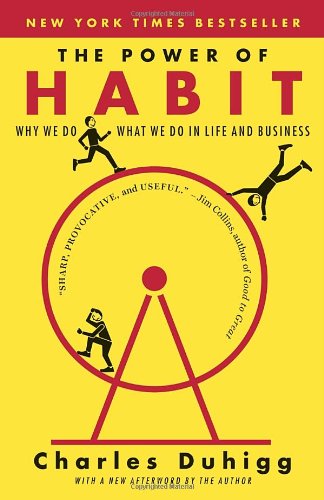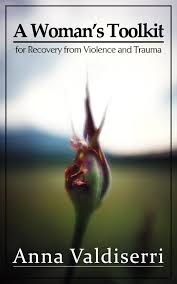I have followed the blog writings of Anna Valdiserri for some time now and have been consistently impressed and interested in her observations and conclusions drawn, around a number of aspects of violence dynamics and conflict management.
When I heard she had written a book, I must confess, I ordered it straight away, without a second thought, despite the title leaning heavily towards female readership. If ever there was a case of ‘Don’t judge a book by its cover’ this would be the epitome of it. Valdiserri herself writes early on:
“What I am trying to do with this booklet is… to provide women with some of the recovery tools we are not taught we may need. Having said all this, I don’t think there is anything in this book that men can’t use too”
That statement is astoundingly accurate. My first thought when sitting down to read this small book was that it would help give me an insight into some of the issues that women may need to address or have concerns with following trauma. This is a vital area of development and understanding I personally need, not only as a self-defense instructor, but also as a husband and father (too girls) On diving into the main sections it felt very akin to reading the “Armored Rose”, this small guide having a power in it’s detail, message and delivery to give me many things to think about and reflect upon.
I found the structure of the book to be excellent. A list of key headers is provided in the beginning and taken in turn and expanded upon as the book progresses. The power of this book, in my mind, is Valdiserri’ ability to get significant concepts and depth of ideas over to the reader in such minimal writing. With so many writers getting wrapped up in overly expressive styles or wrestling with political correctness, Valdiserri goes straight to the heart of an issue and tells it exactly as she sees it. Not only does this make for a refreshing change (especially in the genre of ‘Self Help’ books) but it enables the reader to understand and engage with the strategies being laid out in appropriately sequential steps, without confusion.
I was reading this book ‘out of interest’, but can imagine how it would feel for a reader to open this book out of necessity, having been the subject of violent trauma and looking for a path to heal. The brevity of this book, I do believe, makes that journey far easier for any reader who may literally be reading and then trying to apply what they have just read.
At only 79 pages long, the author refers to her writings as a ‘booklet’ and that could be a fair description. With that in mind I actually hope that this ebook can find it’s way into physical publication, as I can see it taking an essential and much needed place on desks and side tables through doctors surgeries, hospital wards, police stations, support centers and other venues where those that need the advice most can receive it the quickest and most discreet way.
All in all I found this book to be compelling reading, offering excellent, well thought out strategies, presented in a clear, concise, unambiguous manner in enough detail, but as few words as possible.
I have already purchased copies for friends of mine (The highest endorsement I know how to give) and would definitely recommend this book. Gender regardless it’s content informative and of value, exceptionally well priced and can be read and assimilated quickly.
It is rare a book is released that achieves so much in such few pages. I hope you get as much benefit from reading it as I did, and it’s worth noting, some of the strategies contained within “A Woman’s Toolkit for Recovery from Violence and Trauma” even worked for me…
Available for purchase at the CRGI bookstore.






